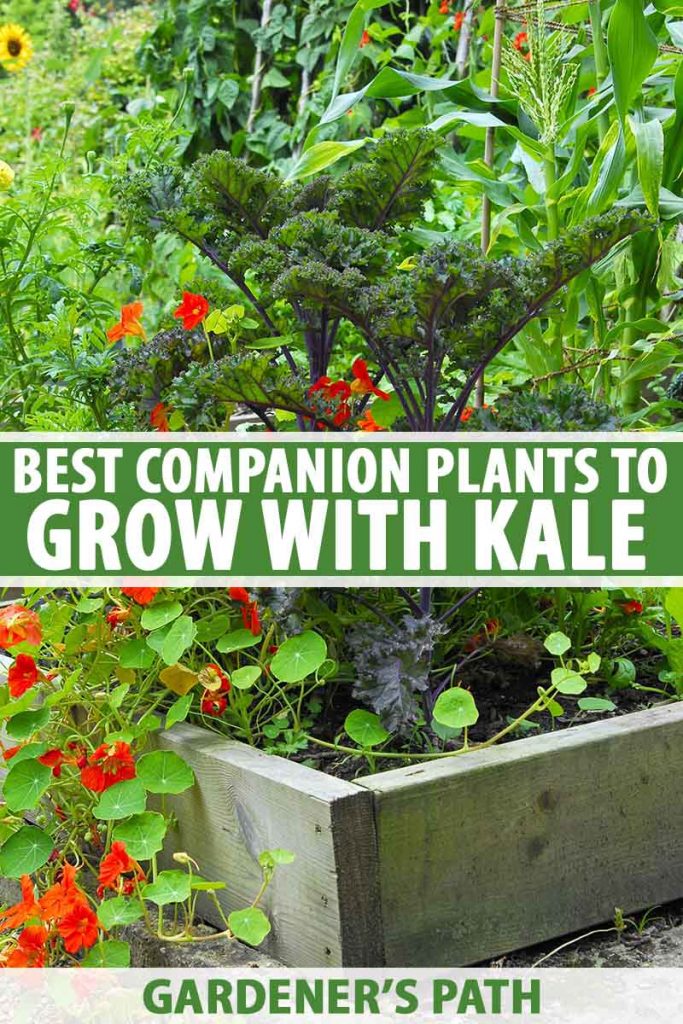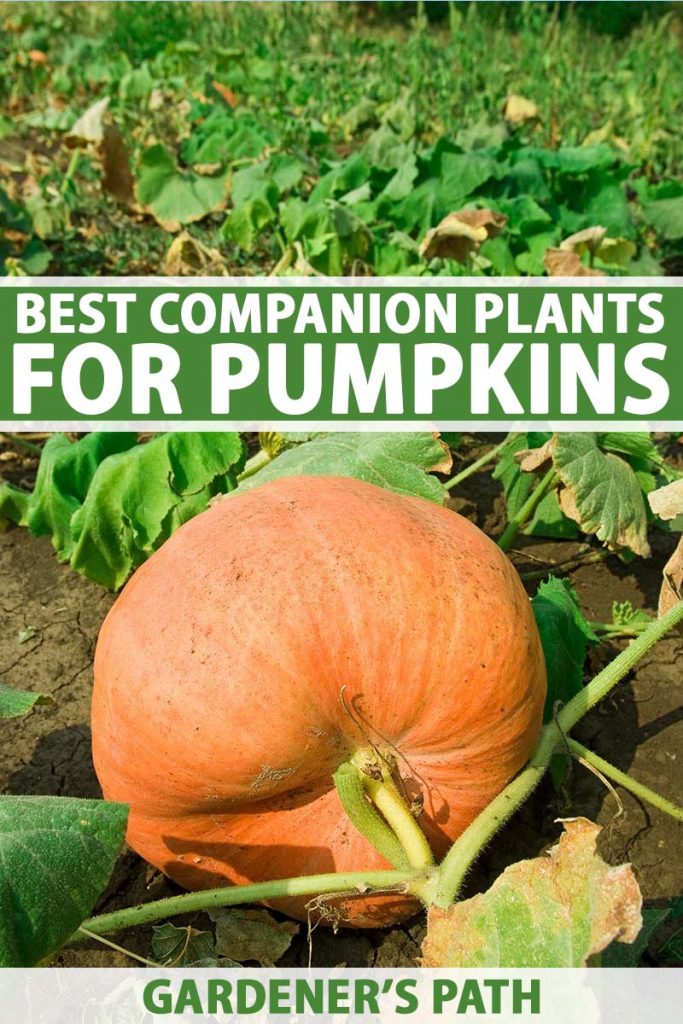The Ultimate Guide To Companion Planting With Nasturtiums
The Ultimate Guide to Companion Planting with Nasturtiums
Nasturtiums are beautiful, edible flowers that can add a splash of color to any garden. They are also beneficial companion plants, meaning that they can help to improve the growth and health of other plants in your garden.
In this blog post, we will discuss the benefits of companion planting with nasturtiums, as well as some of the best companion plants for nasturtiums. We will also provide some tips on how to plant and care for nasturtiums, so that you can enjoy their beauty and benefits in your own garden.
Benefits of Companion Planting with Nasturtiums
There are many benefits to companion planting with nasturtiums. Here are just a few:
- Attract pollinators. Nasturtiums are a favorite food of bees, butterflies, and other pollinators. Planting nasturtiums in your garden can help to attract these beneficial insects, which will help to pollinate your other plants.
- Repel pests. The strong scent of nasturtiums can help to repel pests such as aphids, whiteflies, and squash bugs. This can help to protect your other plants from damage by these pests.
- Improve soil health. The roots of nasturtiums help to break up compacted soil and improve drainage. This can help to create a healthier environment for all of the plants in your garden.
- Add nitrogen to the soil. Nasturtiums are a nitrogen-fixing plant, which means that they can help to add nitrogen to the soil. This can benefit other plants in your garden, as nitrogen is an essential nutrient for plant growth.
Best Companion Plants for Nasturtiums
There are many different plants that can be successfully companion planted with nasturtiums. Here are a few of the best companion plants for nasturtiums:
- Cucumbers. Nasturtiums and cucumbers are a classic companion planting combination. The nasturtiums help to repel cucumber beetles, while the cucumbers provide shade for the nasturtiums.
- Tomatoes. Nasturtiums can help to deter aphids and other pests from tomatoes. They can also help to improve the flavor of tomatoes.
- Peas. Nasturtiums can help to improve the growth and yield of peas. They can also help to deter pests such as pea moths.
- Carrots. Nasturtiums can help to deter carrot flies from carrots. They can also help to improve the flavor of carrots.
- Basil. Basil and nasturtiums are both beneficial companion plants. Basil helps to attract pollinators, while nasturtiums help to repel pests.
How to Plant and Care for Nasturtiums
Nasturtiums are easy to plant and care for. They can be planted directly in the garden in spring or fall. Nasturtiums prefer full sun and well-drained soil. They are not very water-intensive, but they should be watered regularly during dry periods.
Nasturtiums can be grown as annuals or perennials. If you are growing them as annuals, they will bloom from spring to fall. If you are growing them as perennials, they will bloom for several years.
Conclusion
Nasturtiums are beautiful, edible flowers that can be beneficial companion plants. They can help to attract pollinators, repel pests, improve soil health, and add nitrogen to the soil. If you are looking for a way to improve the health and productivity of your garden, consider companion planting with nasturtiums.
Nasturtiums are beautiful, edible flowers that can add a splash of color to any garden. But did you know that they can also help to attract pollinators and deter pests? That's right, nasturtiums are a great choice for companion planting.
There are many different companion plants that can benefit from being grown alongside nasturtiums. Some of the best include:
- Brassicas: The strong scent of nasturtiums can help to repel pests that are common to brassicas, such as cabbage worms and aphids.
- Cucurbits: Nasturtiums can help to attract pollinators, which are essential for the pollination of cucurbits. They can also help to deter cucumber beetles, which can be a problem for cucurbit crops.
- Legumes: Nasturtiums can help to fix nitrogen in the soil, which is beneficial for legumes. They can also help to deter aphids, which can be a problem for legumes.
If you're looking for more information about companion plants for nasturtiums, I recommend visiting Garden Wiki. This website has a comprehensive list of companion plants, as well as information on how to plant and care for nasturtiums.
FAQ of companion plants for nasturtium
Q: What are the best companion plants for nasturtium?
A: Nasturtium is a versatile plant that can be grown with a variety of other plants. Some of the best companion plants for nasturtium include:
- Brassicas: Nasturtium can help to deter pests from brassicas, such as cabbage worms and aphids.
- Cucumbers: Nasturtium can help to attract pollinators to cucumbers, which can improve pollination and fruit set.
- Legumes: Nasturtium can help to fix nitrogen in the soil, which can benefit legumes.
- Potatoes: Nasturtium can help to deter potato beetles from potatoes.
- Squash: Nasturtium can help to deter squash bugs from squash.
Q: What plants should I avoid planting next to nasturtium?
A: There are a few plants that you should avoid planting next to nasturtium, including:
- Mint: Mint is a very aggressive plant that can quickly take over a garden. It can also crowd out nasturtiums.
- Tomatoes: Tomatoes and nasturtiums can compete for nutrients, so it is best to avoid planting them together.
- Beans: Beans can attract aphids, which can then spread to nasturtiums.
Q: How do nasturtiums benefit other plants?
A: Nasturtium can benefit other plants in a number of ways, including:
- Attracting pollinators: Nasturtium is a very attractive plant to pollinators, such as bees and butterflies. These pollinators can help to pollinate other plants in the garden, which can improve fruit set and yields.
- Repelling pests: Nasturtium can help to repel pests, such as aphids, cucumber beetles, and squash bugs. This can help to protect other plants in the garden from these pests.
- Fixing nitrogen: Nasturtium is a nitrogen-fixing plant, which means that it can take nitrogen from the air and convert it into a form that other plants can use. This can help to improve the soil quality in the garden and benefit other plants.
Q: How do I plant nasturtiums with other plants?
A: When planting nasturtiums with other plants, it is important to consider the size and growth habit of both plants. For example, if you are planting nasturtiums with tomatoes, you will want to make sure that the nasturtiums are planted at the back of the bed so that they do not shade the tomatoes.
It is also important to consider the spacing requirements of both plants. Nasturtiums can spread quite quickly, so you will need to space them accordingly.
Image of companion plants for nasturtium
5 different images of companion plants for nasturtium from Pinterest:
- Cucumbers: Nasturtiums can help to deter cucumber beetles, which are a common pest of cucumbers.

- Kale: Nasturtiums can help to attract beneficial insects, such as ladybugs, which can help to control pests of kale.

- Pumpkins: Nasturtiums can help to improve the flavor of pumpkins.

- Beans: Nasturtiums can help to improve the nitrogen content of the soil, which can benefit beans.

- Sunflowers: Nasturtiums can help to attract pollinators, which can help to improve the pollination of sunflowers.

Post a Comment for "The Ultimate Guide To Companion Planting With Nasturtiums"